Well, where do I even start on this topic. Paris has been the stronghold of art and culture and is the ultimate destination for art lovers. It is unfortunate, but the Indian education curriculum has no place for teaching anything about art, or patronizing it. Yes, we learn about a few monuments here and there, and a little bit about the Renaissance period but that is about it. I have learned about whatever little I know from books I have read, particularly Somerset Maugham who has written many a story based on the life of writers, Parisian society, authors, parties and soirees’, and many of his protagonists spent considerable time in Paris. Particularly notable was the Moon and the Six Pence based on the life of Paul Gauguin, the French painter who gave up his ‘corporate slavery’ job (yes even back then) to become a painter who eventually moved to Tahiti. This apart, other research and visiting some museums in the US and Italy, made me appreciate the scale of the artist movements and how important they were in Europe.
Although Paris has so many museums, big and small, I will cover just some of the larger ones here that are well worth a visit. Infact, every church, cathedral and palace – big or small, is a museum in its own right too! I wouldn’t bore you with details on all the museums.
I started by visiting the Orsay museum, the bastion of the Impressionism and some famous modern artists. Monet, Manet, Renoir, Picasso, Gauguin,..you name the artist and he was there if he had created any ‘impression’ back then! The Orsay Museum has a massive collection of Impressionist, classical and paintings of several genres..I won’t bore you with the details, but I spent 4 hours at this museum alone! The Orsay museum is also interesting for the construct of its building. Infact the Orsay museum was originally a train station! You can still see the large clock and the linear structure of the station when you see the museum from the outside as well as from inside.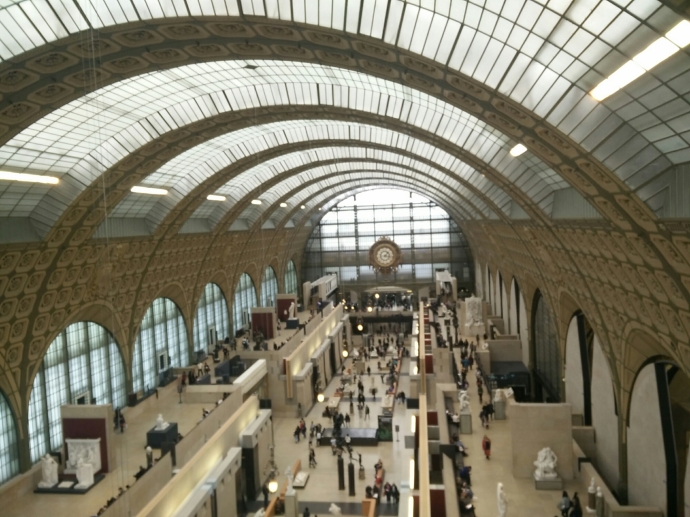
If you like Impressionism, you could also consider visiting the smaller Orangerie museum across Orsay across the river Seine popular for its Claude Monet’s water lilies, certainly well worth a visit. I had seen smaller paintings of Monet’s water lilies, but the huge canvases here, certainly were not to be missed! In addition to Monet, the museum also covered works of art by Picasso, Henry Matisse, Paul Cezanne, Andre Derain and so many others. You can also buy the combined Orsay-Orangerie museum ticket for a cheaper price from either of the places.
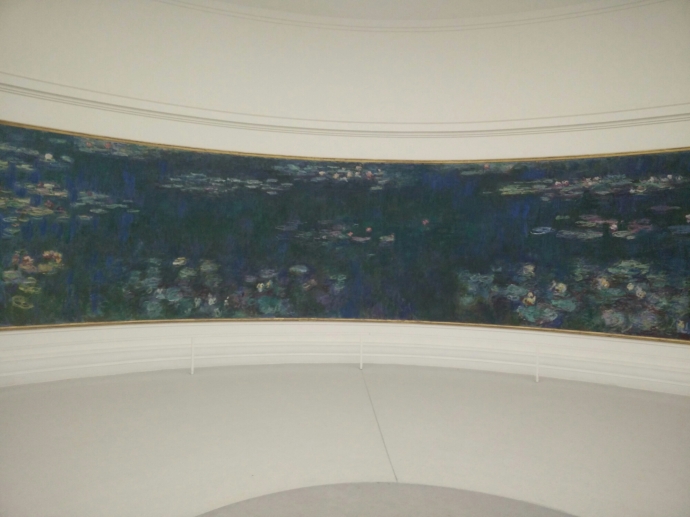 The grandest of them all, was ofcourse the Louvre. The world famous glass pyramids made more famous by the Da Vinci code, amongst the masses, beckoned. This was among the last destinations I saw while at Paris..I guess I was saving the best for the last..And I wasn’t disappointed. One word to describe the Louvre is Huge. One just cannot see everything in a day here! With an amazing building and architecture, the Louvre takes enough time while on the outside as you take photos! The famous lines aren’t really that long, in off-peak season and there is no need to buy tickets in advance. Infact, there are enough automatic vending machines once you are past the security lines (that one has to go through anyway). The other trick to avoid the lines is to use the lesser known Carousel shopping mall entrance which has barely any line.
The grandest of them all, was ofcourse the Louvre. The world famous glass pyramids made more famous by the Da Vinci code, amongst the masses, beckoned. This was among the last destinations I saw while at Paris..I guess I was saving the best for the last..And I wasn’t disappointed. One word to describe the Louvre is Huge. One just cannot see everything in a day here! With an amazing building and architecture, the Louvre takes enough time while on the outside as you take photos! The famous lines aren’t really that long, in off-peak season and there is no need to buy tickets in advance. Infact, there are enough automatic vending machines once you are past the security lines (that one has to go through anyway). The other trick to avoid the lines is to use the lesser known Carousel shopping mall entrance which has barely any line.
Personally I think I enjoyed the Orsay museum even more than the Louvre as it was just a bit more intimate unlike the intimidating Louvre and its sea of paintings that in the end brought in some fatigue. Go see the Mona Lisa, but be prepared to wonder what the hype is about when Leonardo da Vinci has seemingly so many better works of art, but well, what do I know!
The other museum I liked was the Chateau of Versailles, the home of the French royalty including the (in)famous Marie Antoinette who liked cake (more than bread J). The palace was splendid and well, to cut a long story short, had an amazing museum gallery. Amazing gardens, pictures and a grandiose building in itself.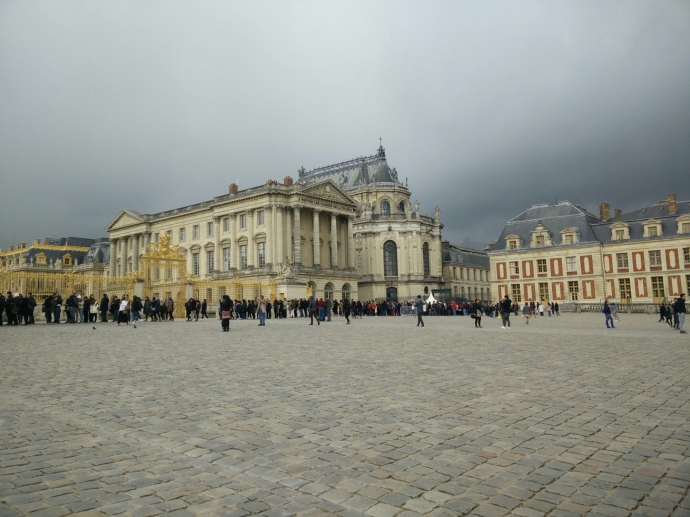
And then there are other museums too worth a visit…the Picasso museum, the Dali museum, the Pompidou center and other smaller galleries..all superb places to explore.
You can also consider taking an art walk through the art district of Montmartre. This is where all the artists lived back in the day. See where Van Gogh lived and the haunts of Picasso. A scenic tour through the hilly Montmartre later you, I will guarantee happiness!
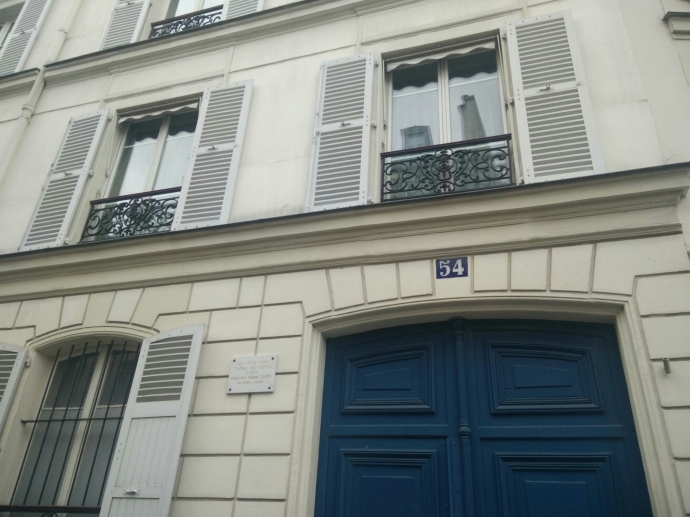
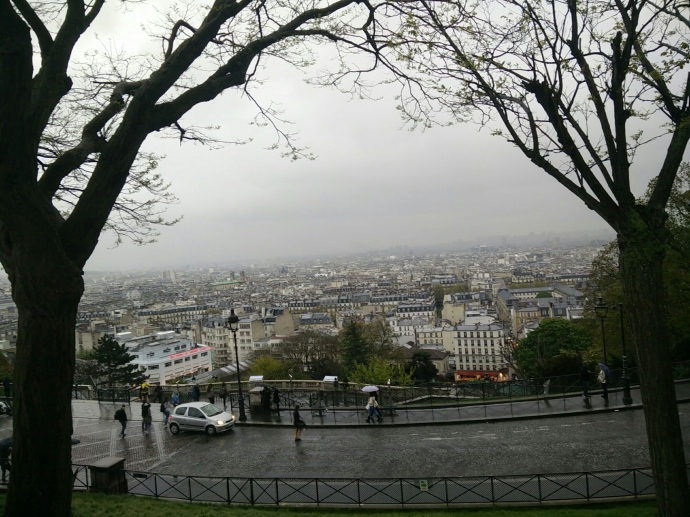 All in all, if you are a museum fan, Paris is a fantastic destination to be at, although I would say I loved the city of Florence and Rome in that order as well for this reason. If you are a first time museum visitor, do grab some literature before you head into the museum, and that’s the only way to enjoy the priceless artefacts on display!
All in all, if you are a museum fan, Paris is a fantastic destination to be at, although I would say I loved the city of Florence and Rome in that order as well for this reason. If you are a first time museum visitor, do grab some literature before you head into the museum, and that’s the only way to enjoy the priceless artefacts on display!

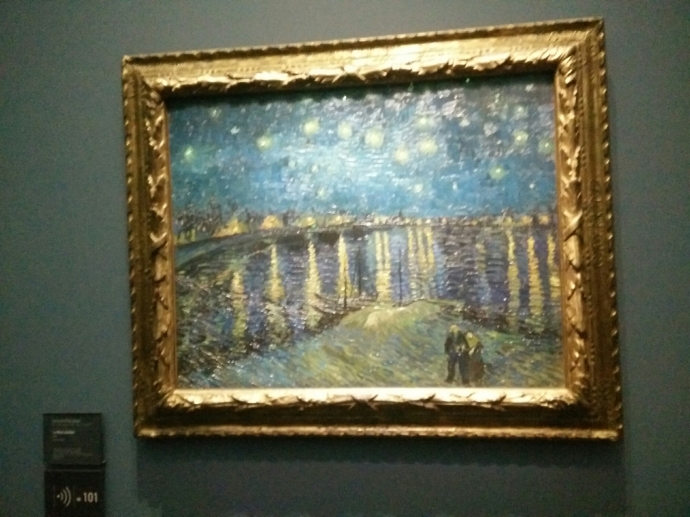
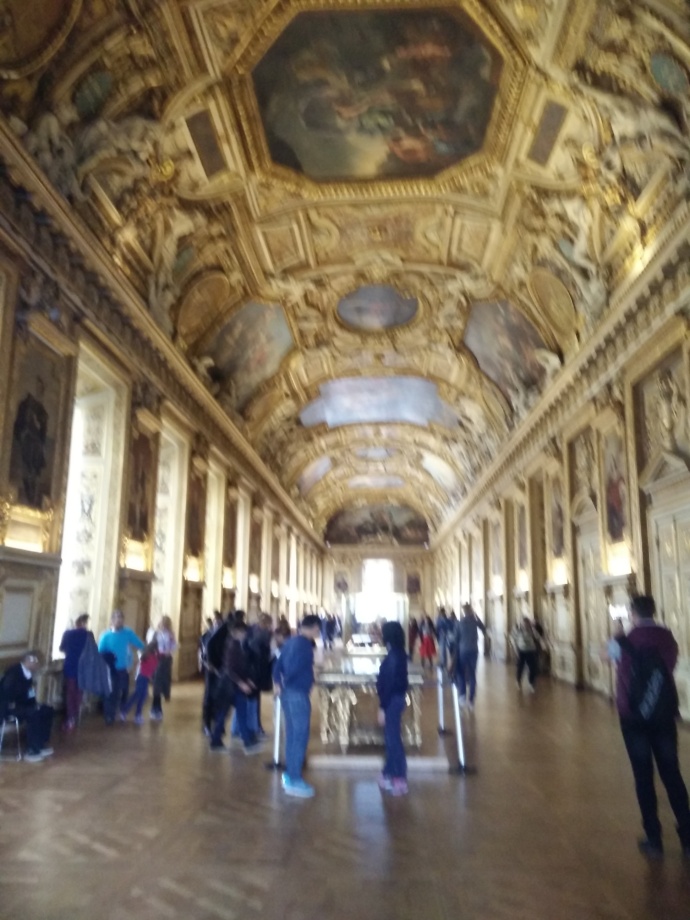
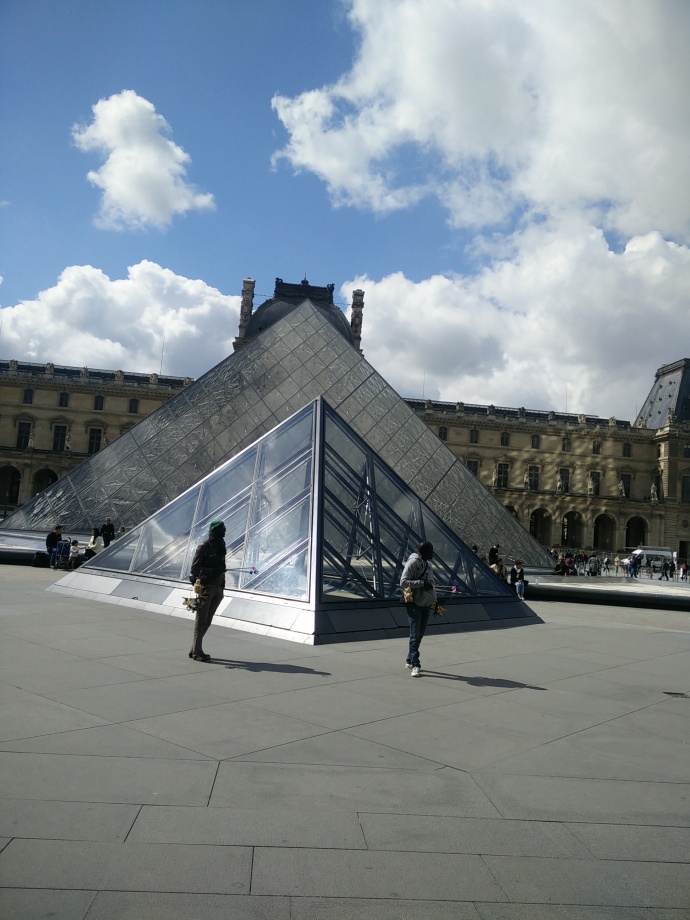









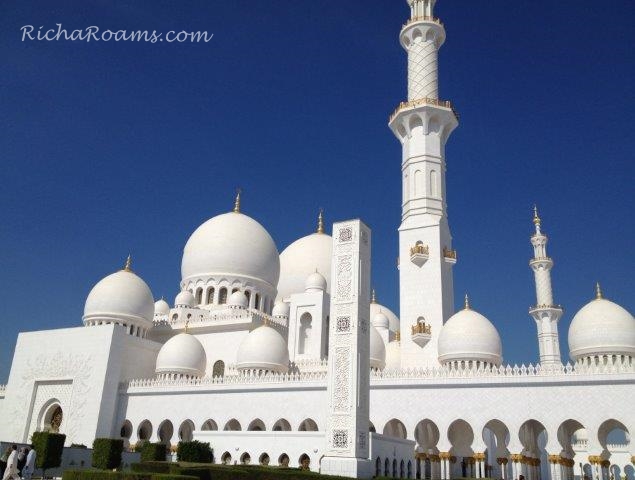
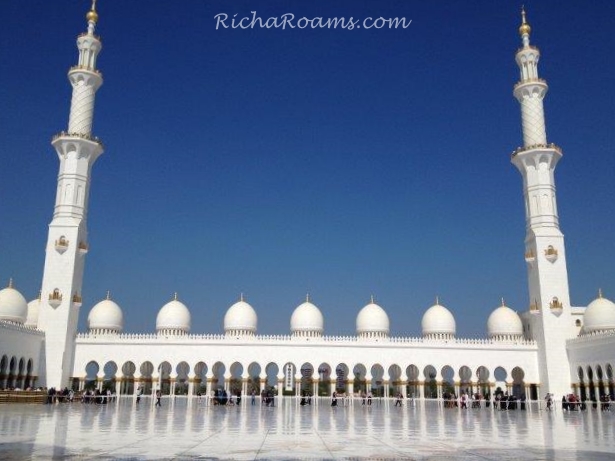

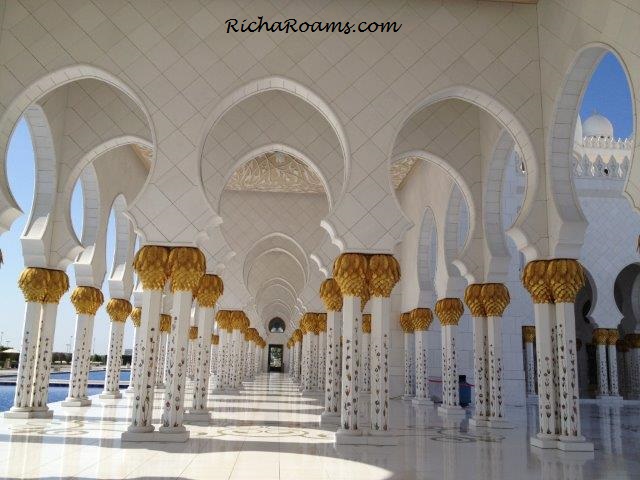
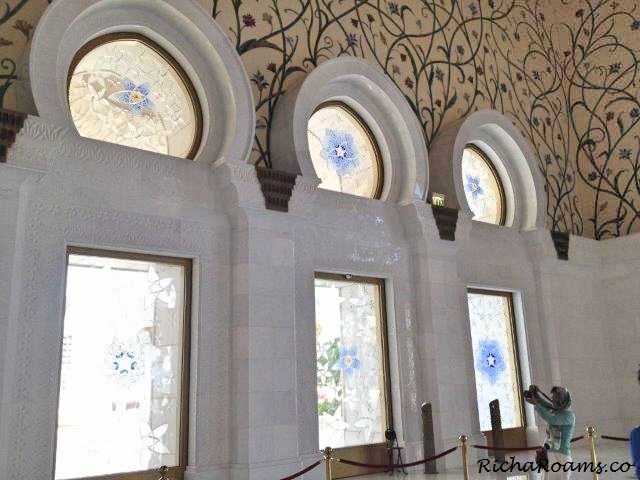
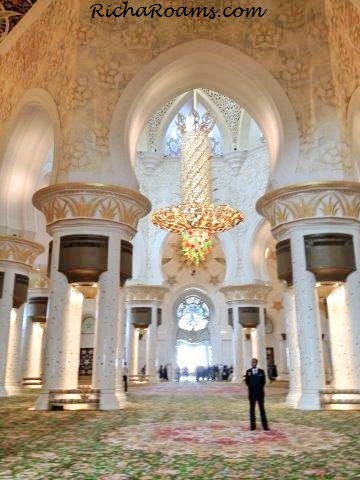



















![By Alosh Bennett (Flickr) [CC-BY-2.0 (http://creativecommons.org/licenses/by/2.0)], via Wikimedia Commons](https://i0.wp.com/upload.wikimedia.org/wikipedia/commons/2/26/Hyderabad_Lake_India.jpg)

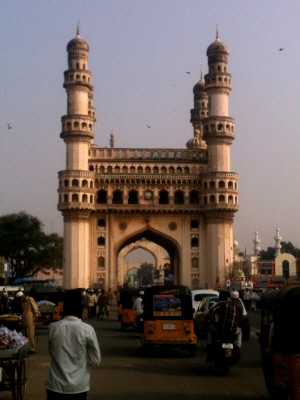
![English Wikipedia user Naveenji [GFDL (http://www.gnu.org/copyleft/fdl.html) or CC-BY-SA-3.0 (http://creativecommons.org/licenses/by-sa/3.0/)], via Wikimedia Commons](https://i0.wp.com/upload.wikimedia.org/wikipedia/commons/d/d8/BirlaMandir.jpg)







